D’Angelo, a legendary R&B singer who helped pioneer the genre of music known as “neo-soul,” died Tuesday after a bout with cancer. He was 51.
The singer’s family confirmed his death in a statement to Variety. “The shining star of…
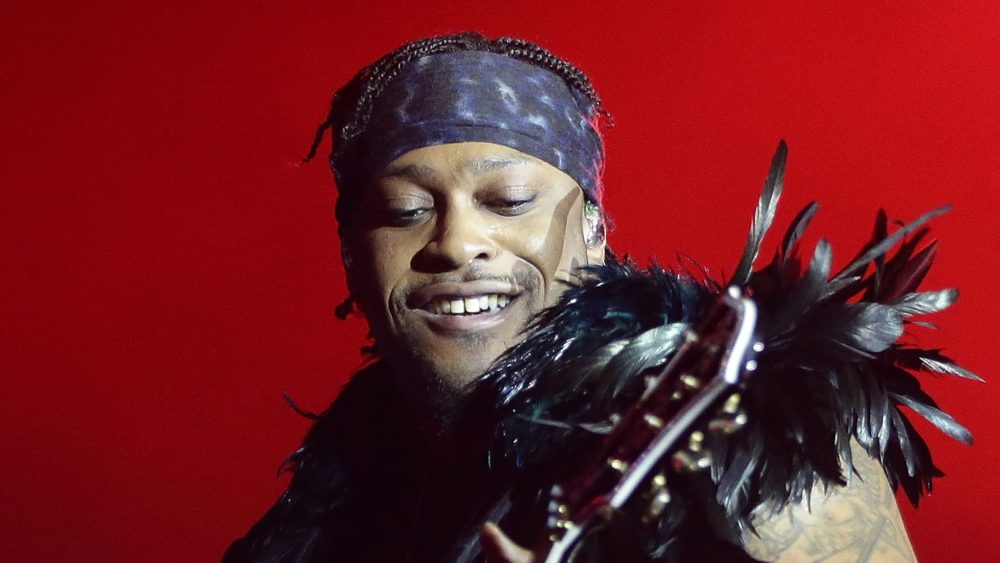
D’Angelo, a legendary R&B singer who helped pioneer the genre of music known as “neo-soul,” died Tuesday after a bout with cancer. He was 51.
The singer’s family confirmed his death in a statement to Variety. “The shining star of…

They have sold out venues on both sides of the Atlantic. Their first-ever gig was opening for a former member of Arcade Fire. Their 2024 album has been acclaimed as sounding like a lost classic of 1970s rock. Their two top tracks, Bright and…
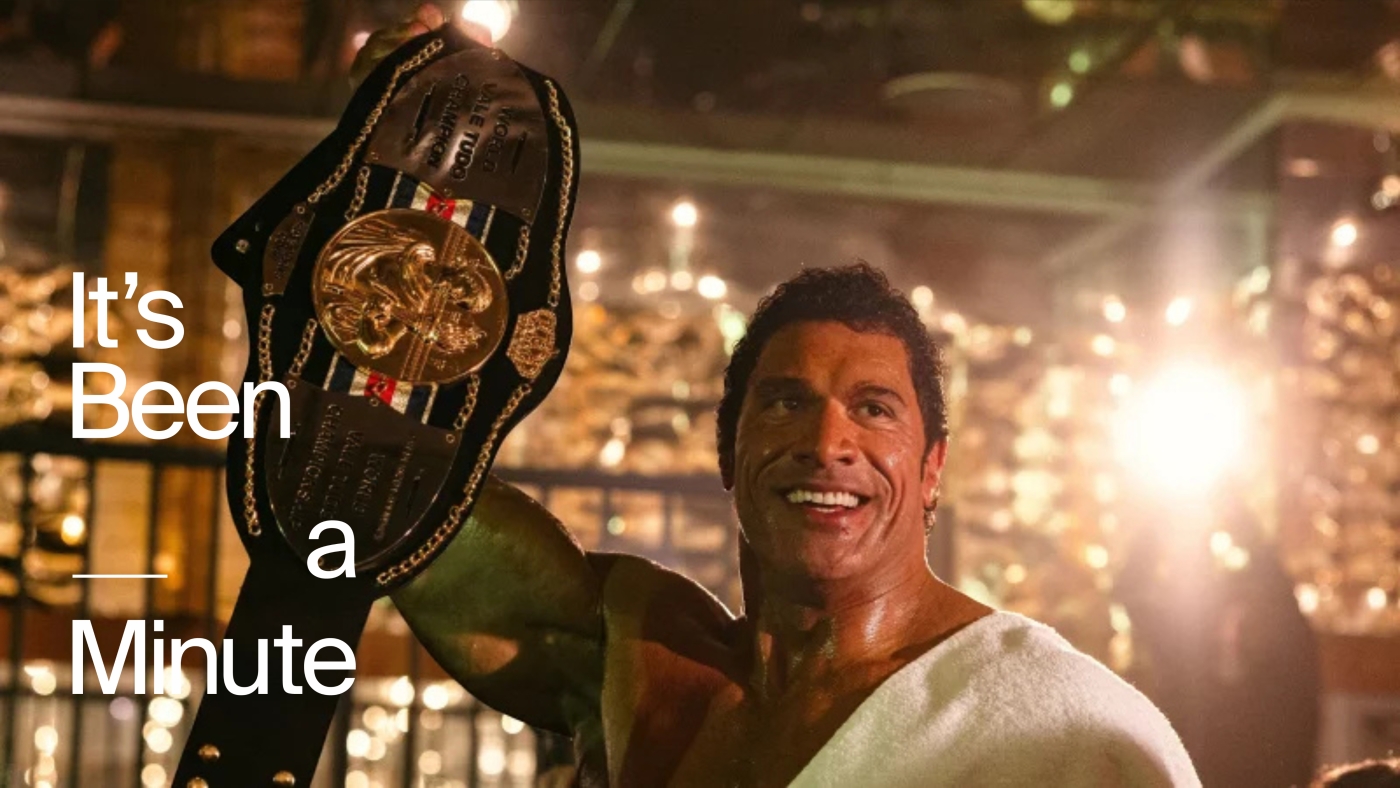
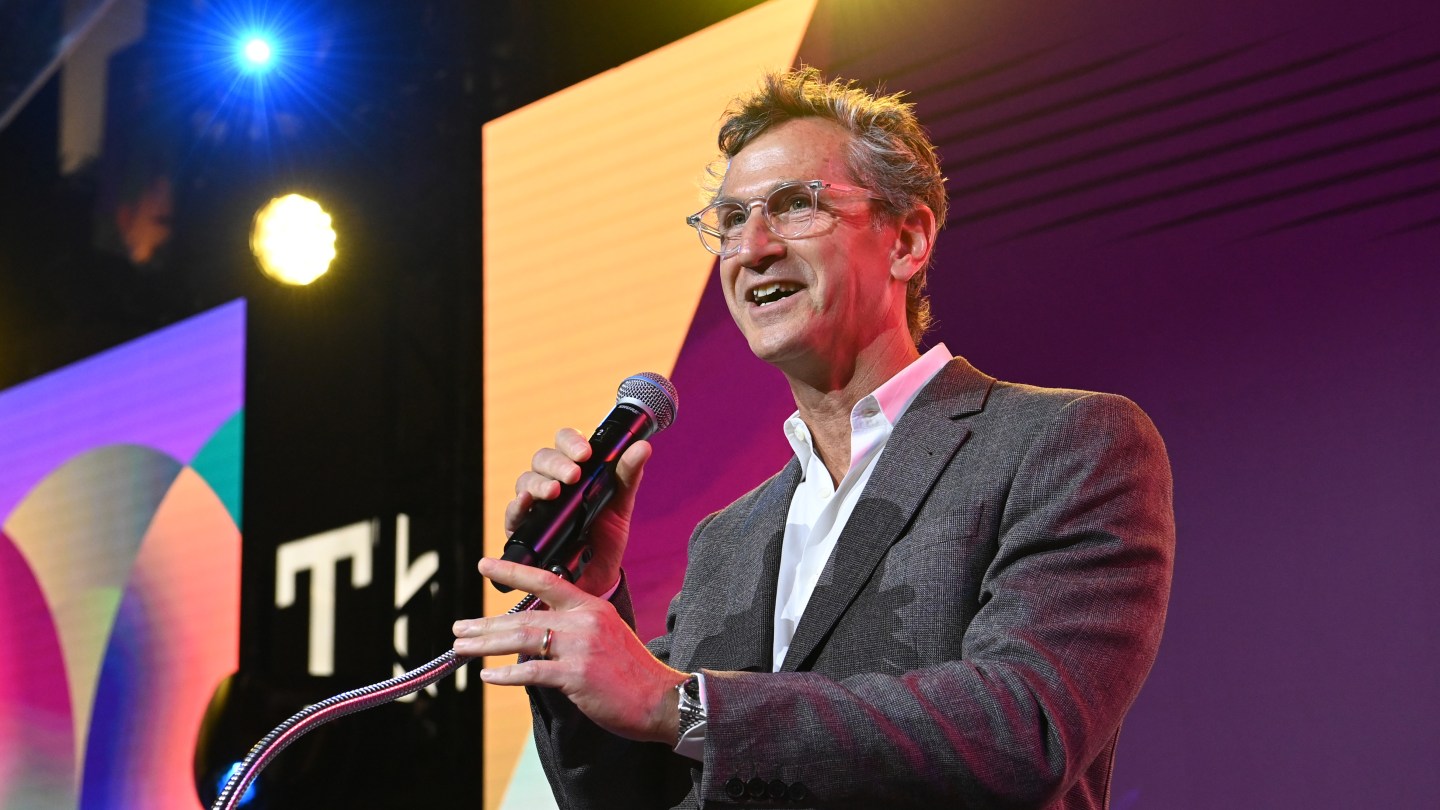
Erik Feig is launching an indie production banner, Arena SNK Studios, to expand the Hollywood producer’s reach in movies, TV, gaming and live events.
Feig’s company says it has secured around $1 billion in financing backing for the new…
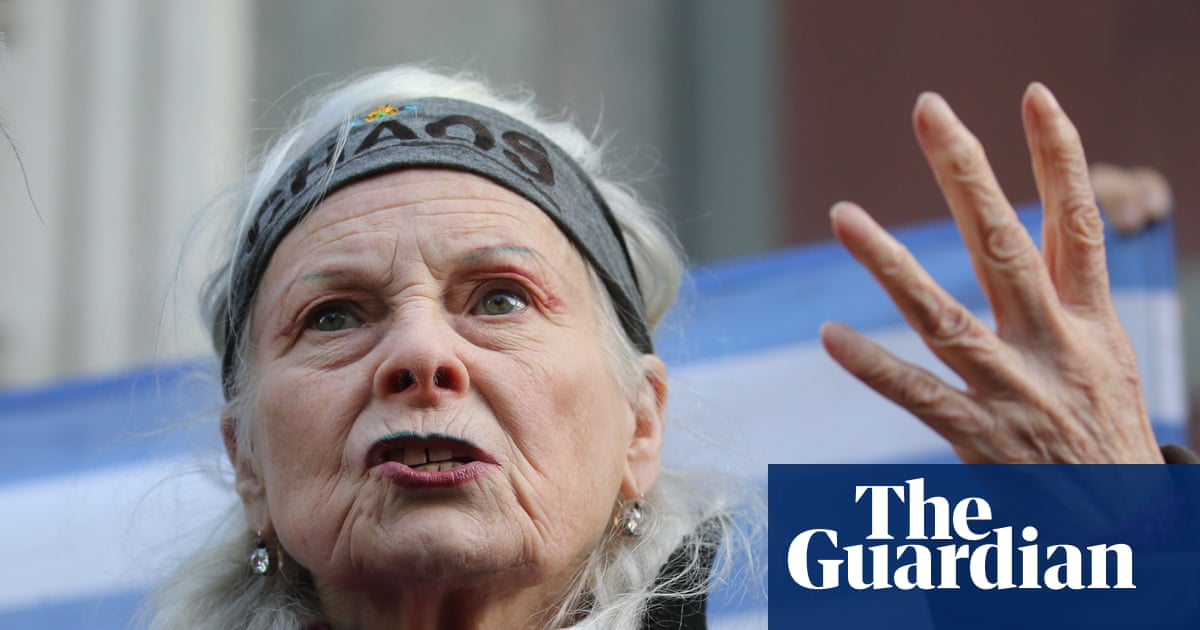
Vivienne Westwood’s granddaughter has said her brand’s decisions “do not align with the values or wishes” of the late designer, as it announced it would headline Riyadh fashion week despite Saudi Arabia’s human rights record.
The fashion…
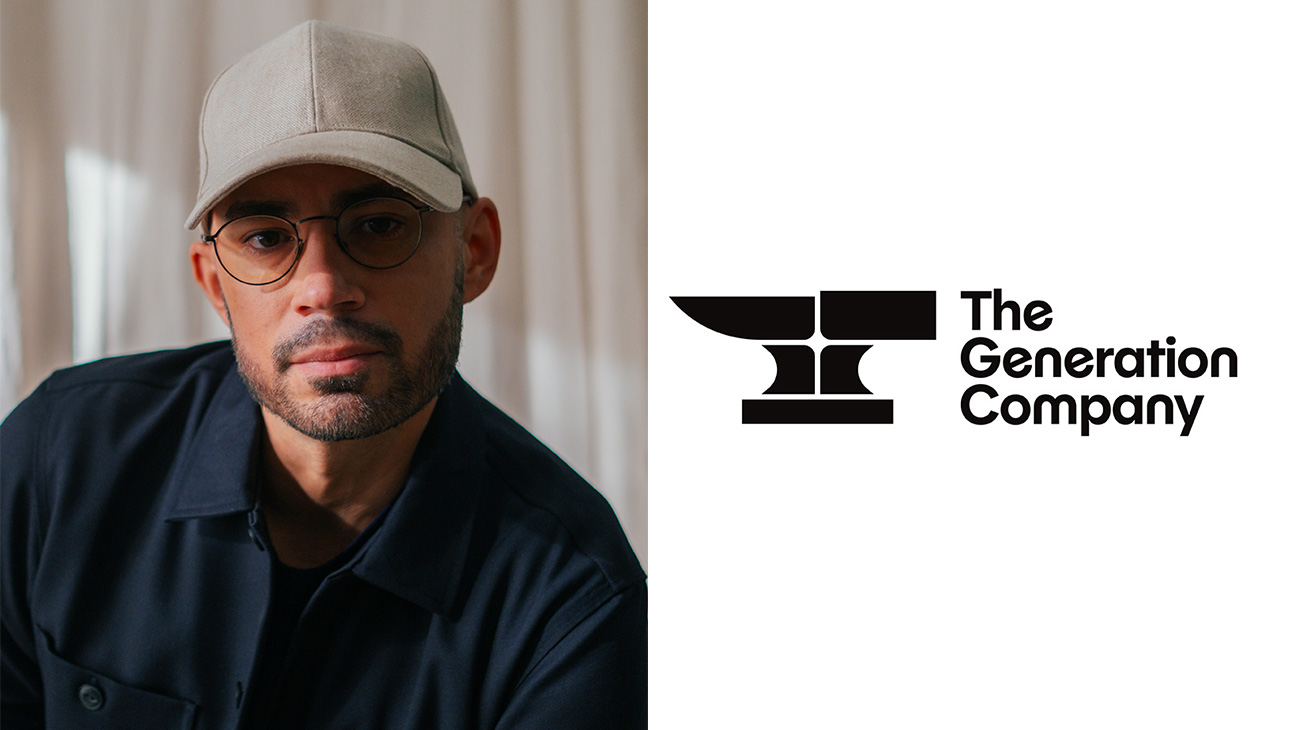
An AI entertainment studio backed by the likes of Google, Andreessen Horowitz, Peter Chernin’s North Road Company and Michael Ovitz’s Crossbeam wants to bring its generative AI expertise to traditional studios and production companies.
Continue Reading
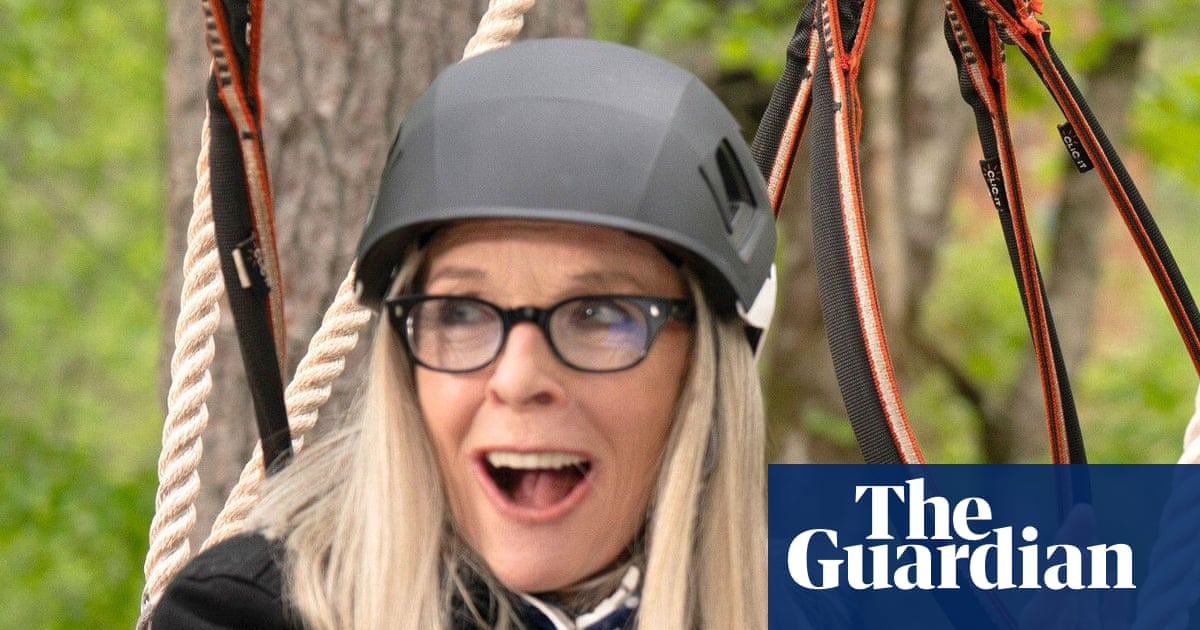
Diane Keaton had been an icon since before I was even born; who was I to direct her? To fill her head with my dialogue? To give her a note, suggesting: “It might be even funnier if you tried …”?
And yet, as she towered over me in sky-high…
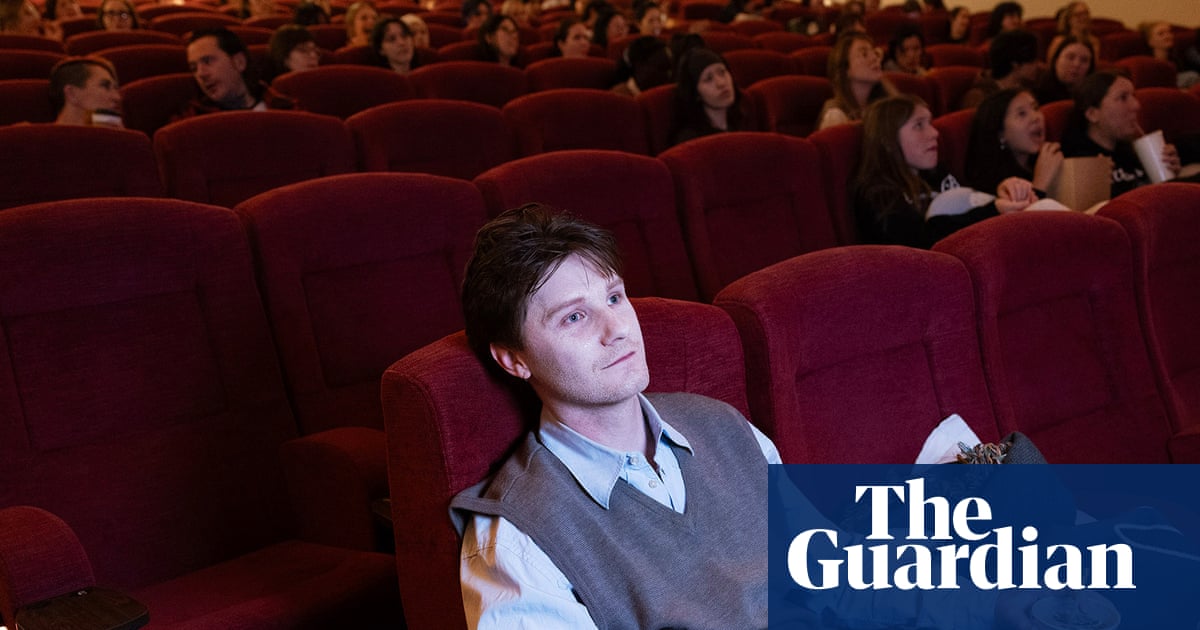
It is about 4am on a Saturday morning and a delirious energy is emerging at Randwick Ritz’s dusk-to-dawn, 12-hour marathon of the Twilight Saga. The cinema has the airs of an airport terminal after significant delays; at this point, people no…
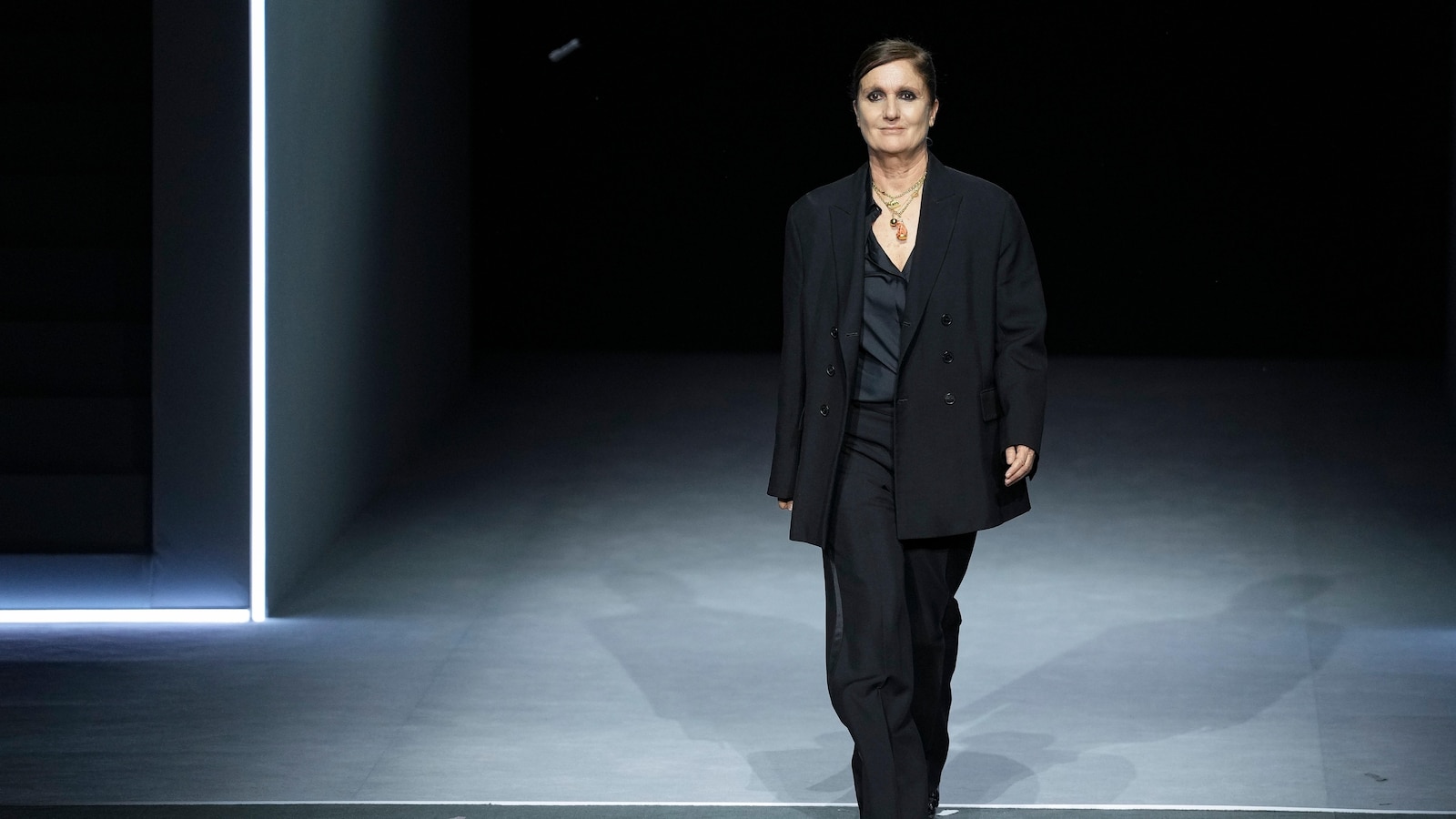
MILAN — MILAN (AP) — Fendi on Tuesday named Maria Grazia Chiuri as its new creative director, replacing Silvia Venturini Fendi, who stepped aside last month to become honorary president of the fashion house founded by her grandparents and now…